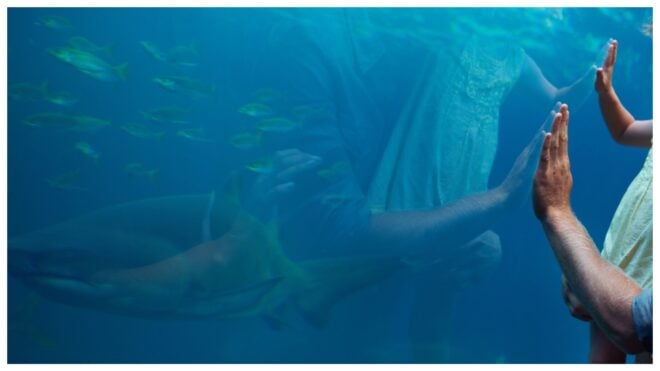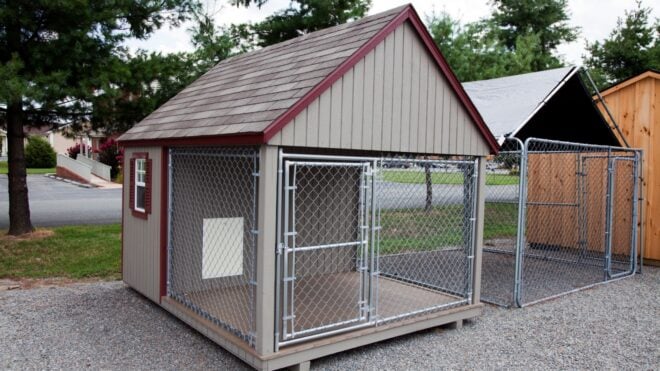We all have a little bit of sun damage. If you've ever been out in the sun for any length of time, those UV rays have made their mark on your skin!
That said, there's a big difference between a light tan or a few freckles and serious sun damage.
Some sun is good for you, but too much can lead to serious burns, sun poisoning, premature aging, and skin cancer.
Everyone should know the signs and symptoms of sun damage so that you can identify signs in your own body. With a little bit of work, lots of the damage caused by the sun can be healed and repaired.
Taking good care of sun-damaged areas of your skin can make a huge difference. It can clue you into early signs of problems to come, like irregular moles that might indicate skin cancer.
It can also help improve the health of your skin and keep it young and strong for longer.
Scroll down to learn how to identify the signs of skin damage, then be sure to make an appointment with your dermatologist to check that you're in tip-top shape!
Photo Credit: Flickr / Alan Light
Sun Damage Sign #1: Age Spots
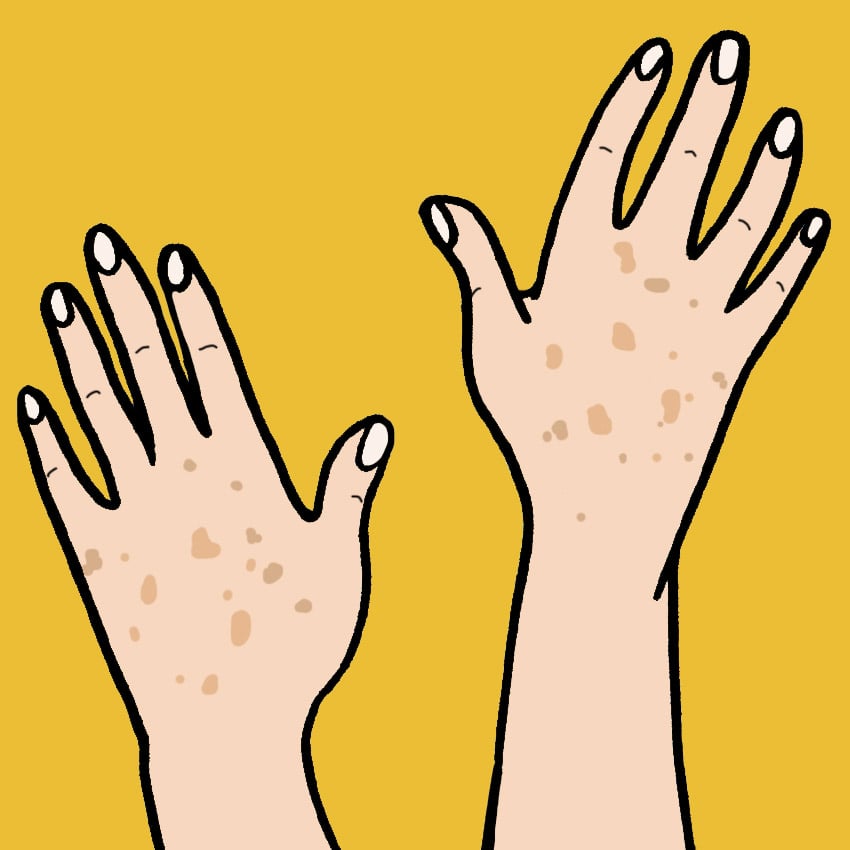
"Age spots" are brown speckles that look a bit like extra-large freckles. They are also sometimes called liver spots or, not too surprisingly, sun spots.
That's because these brown concentrations of pigmentation are the result of sun exposure, sometimes building up over years.
They are mistakenly called age spots because older folks have had more exposure to the sun and have more fragile skin, so these dots show up more often.
It's a misnomer, though: anyone can get sun spots. They show up frequently on the hands, arms, chest, and face.
Sun Damage Sign #2: Wrinkles
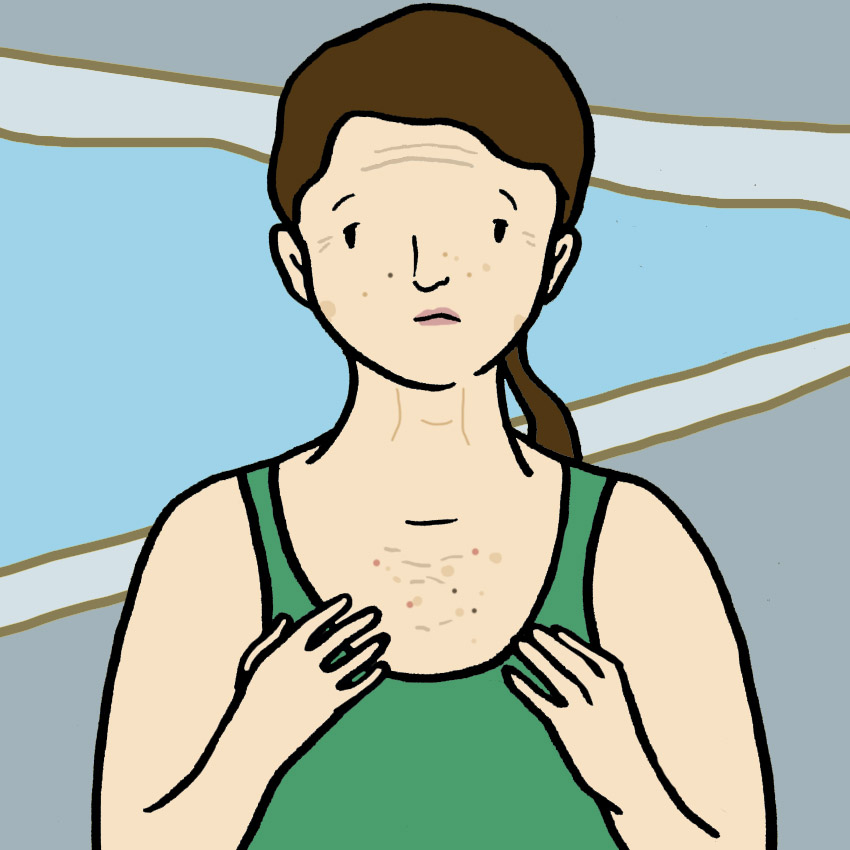
Wrinkles are widely considered a sign of aging, but once again, these fine lines have more to do with sun exposure.
Scientist believe that 80 percent of all wrinkles are caused by UV light damage. That's because over time, UV rays beat into the skin and break down collagen that keeps the surface taut and firm.
In response, the skin becomes looser and starts to fall into wrinkles.
Sun Damage Sign #3: Chapped Lips

When people shield their skin from the sun, they sometimes forget to slather SPF on their lips.
In the short term, you might get a painful, itchy sunburn on your lips that peels and is sore, just like any other sunburn.
Over time, your lips might become chronically dry, chapped, and cracked as a result of too much sun exposure. This condition is called actinic cheilitis, and should be watched carefully.
Sun Damage Sign #4: Dry, Faded Hair

The sun doesn't just cause damage to your skin — it can also impact your hair and nails.
Your hair can't get freckles or develop cancer, but it can still take a beating from too much exposure to the sun's rays.
The sun pulls moisture out of your hair, which can leave it bleached, dried, and straw-like. This kind of sun damage requires a lot of TLC and conditioning.
Sun Damage Sign #5: Reddish-Brown Patches

Too much exposure to the sun can cause reddish-brown patches to develop on your skin. These are usually rough, raised, and a bit scaly. They may feel like scabs.
If you notice this happening to your skin, get a dermatologist's opinion right away.
This condition is called actinic keratosis and is often a symptom that indicates that a spot might become cancerous.
Sun Damage Sign #6: "Surfer’s Eye" And Cataracts
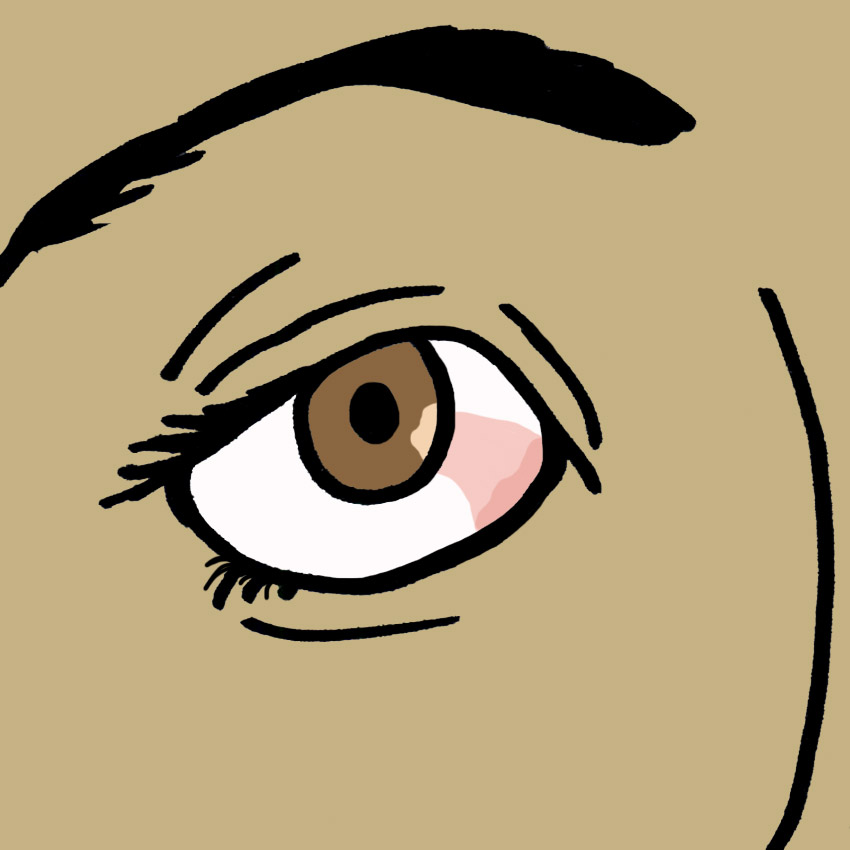
You can slather your skin with sunscreen to block the sun's rays, but it's harder to protect your eyes. Sunglasses are great, but aren't always practical.
Surfers, for instance, can't always wear sunglasses while they're on the water and end up getting a lot of sun damage to their eyes as a result.
That's why a condition called pterygium is also known as surfer's eye. It's a pink, white or clear plaque that starts growing on the surface of the eye.
It's usually harmless, but can turn into cancer, or into a cataract-like plate that blocks vision.
Sun Damage Sign #7: Sagging Neck

As you get older, you may have noticed your neck starting to sag slightly.
This common condition is sometimes called "turkey neck" and is usually considered just another part of aging.
In fact, developing sagging skin at your neck is just a sign of too much sun exposure.
Sunbathing with your neck exposed to UV light breaks down the collagen that keep your neck and chin skin taut. When that collagen breaks down, the skin softens and collapses slightly.
How To Heal Sun Damage
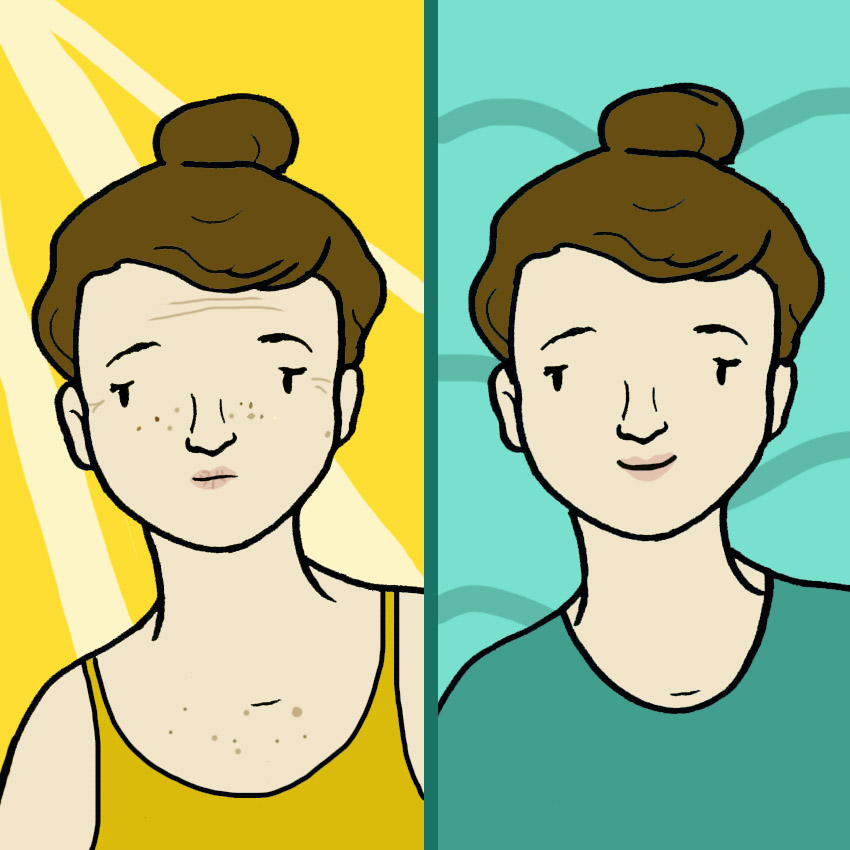
You can't reverse every little bit of damage that the sun does to your body, but you can heal a lot of the worst of it.
For one, it's never too late to start wearing sunscreen. Even if you've already had a burn or 20, layer on the SPF to protect from further damage.
Beyond that, you can exfoliate and moisturize your skin, and make sure you give your skin all the necessary vitamins it needs to heal damage and produce collagen.
Also, be sure to schedule an appointment with your dermatologist for your annual skin exam!
Don't forget to SHARE these warning signs with everyone you know who loves catching a few rays!


